Lilies are perennial, demanding care flowers. In order for bulbous plants to grow well and always bloom, it is necessary to adhere to the rules for preparing them for winter. Timely pruning will protect the bulbs from dangerous diseases, and a special shelter from severe frosts. What measures should include care for wilting lilies in the fall, so that next year the flowering will be lush and long?
Content
Preparing lilies for wintering
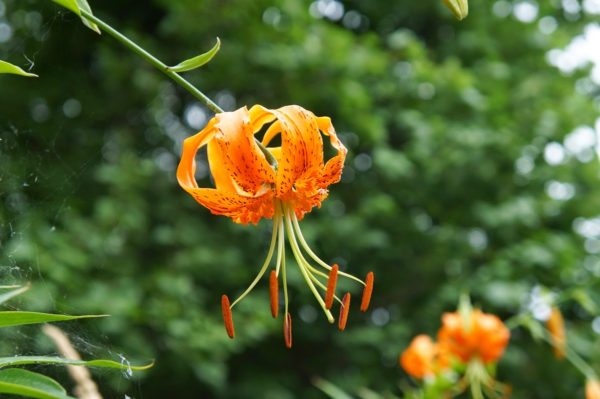 Varietal lilies do not tolerate low temperature, prone to freezing. If in the fall it is wrong to prepare plants for winter, next summer the flowering will be sparse. In winter, bulbs attract pests, and spring flooding contributes to the development of rot. Therefore, even in warm regions, lilies need to be prepared for the arrival of cold weather. All events should be completed by early October.
Varietal lilies do not tolerate low temperature, prone to freezing. If in the fall it is wrong to prepare plants for winter, next summer the flowering will be sparse. In winter, bulbs attract pests, and spring flooding contributes to the development of rot. Therefore, even in warm regions, lilies need to be prepared for the arrival of cold weather. All events should be completed by early October.
Autumn care for garden lilies includes the following procedures:
- pruning stems;
- mulching;
- fertilizer application;
- treatment against diseases and pests;
- hiding bulbs in the ground.
Lily pruning
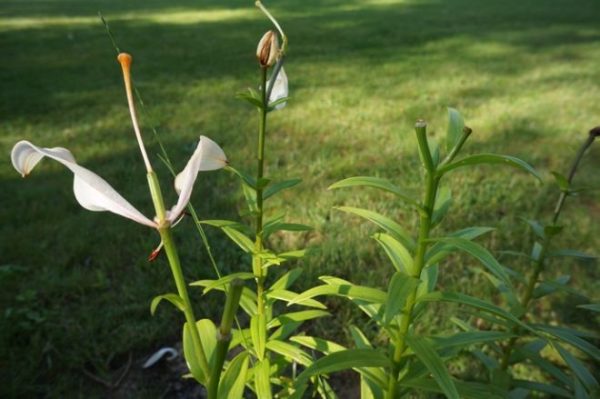 Flowering in lilies ends around mid-July, and novice gardeners tend to prune them immediately. Removing shoots too early will only harm the plants. Even after flowering, vital processes occur in their vegetative parts, as a result of which the bulbs grow and accumulate nutrients. Therefore, you need to give the plants the opportunity to gain strength that are necessary for frost resistance or rooting during spring planting. You need to wait for the shoots to die on their own.
Flowering in lilies ends around mid-July, and novice gardeners tend to prune them immediately. Removing shoots too early will only harm the plants. Even after flowering, vital processes occur in their vegetative parts, as a result of which the bulbs grow and accumulate nutrients. Therefore, you need to give the plants the opportunity to gain strength that are necessary for frost resistance or rooting during spring planting. You need to wait for the shoots to die on their own.
Pruning lilies for the winter is carried out in 2 stages:
- In August, secateurs remove the bolls formed instead of flowers, so that the plant does not waste energy on ripening seeds.
- When the stems are wilted and dried, they are cut off near the ground. You can leave hemp up to 15 cm in height. The cropping time is from late September to mid October.
Care for flowers before and after pruning
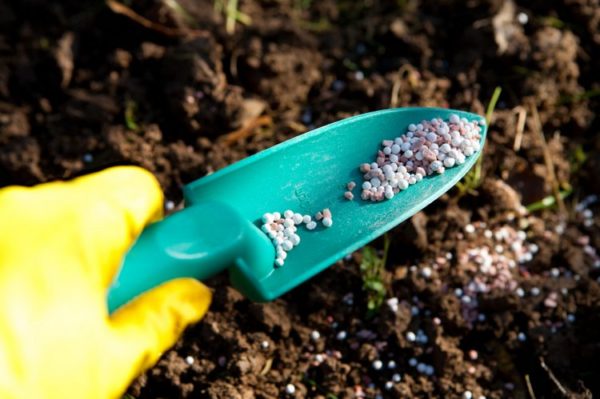 During the care of lilies in the fall, preparations are made for winter. When the plants completely bloom, they are fed with potassium-phosphorus fertilizers: the Kemira Autumn complex, superphosphate and kalimagnesia. Before applying fertilizer, the soil around the plants is well moistened so as not to burn the roots. To prepare dressing, use warm water. Fertilizer saturates the bulb with useful substances, restoring strength and preparing for winter. Such lilies are resistant to frost, and in the spring they wake up faster.
During the care of lilies in the fall, preparations are made for winter. When the plants completely bloom, they are fed with potassium-phosphorus fertilizers: the Kemira Autumn complex, superphosphate and kalimagnesia. Before applying fertilizer, the soil around the plants is well moistened so as not to burn the roots. To prepare dressing, use warm water. Fertilizer saturates the bulb with useful substances, restoring strength and preparing for winter. Such lilies are resistant to frost, and in the spring they wake up faster.
In early September, stop watering the flower bed so that the bulbs do not rot. Lilies need to be sprayed 2 times with a solution of copper sulfate. Preventive treatment will protect plants from fungal diseases in rainy weather. After trimming the bushes, under each stump you need to pour a layer of compost or rotted manure with a thickness of 20 cm. Mulch will help warm the bulbs in winter, and in spring it will be an excellent organic fertilizer for awakened lilies.
Shelter of lilies for the winter
Many types of lilies do not need special care in the fall.It is enough to cut and insulate them correctly. Tiger lily, Asian and eastern hybrids tolerate wintering on beds without shelter in regions with mild, snowy winters. Flowers that grow in the northern regions can freeze. It is better not to take risks and cover the flowerbed with bulbs with thermal flooring. Such an event should be held before the onset of autumn frosts. Optimal dates are from mid-October to early November.
Shelter for bulbs wintering in the garden can be made of coniferous branches, sawdust, rotted foliage or spruce branches. In the northern regions, lilies are additionally covered with special covering material, which can be purchased at the store. So that coniferous needles fit snugly to the surface of the earth and do not fly apart when gusts of wind are sprinkled with a layer of peat. The needles will protect the bulbs from slugs and harmful insects. In the spring, when constant heat is established, the shelter is removed. If it is removed too early, the sprouts may freeze during the return frost. With a late removal of the insulating material, the stems become thinner and few flowers are formed.
What varieties are dug in the fall
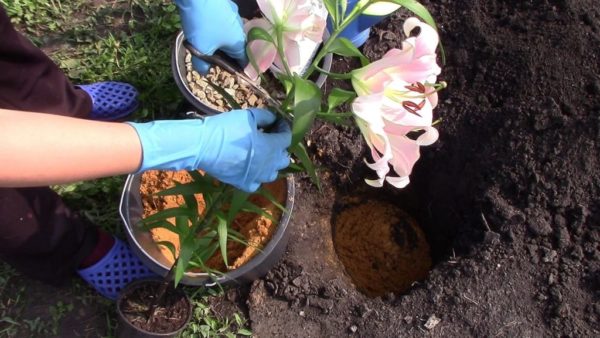
But what about lilies growing in inappropriate climatic conditions? Exotic varieties susceptible to winter cold should be dug in the fall. Otherwise, they will die in the first severe frost, even under cover. You should not leave winter, tubular and American hybrids in the flowerbed because their bulbs freeze out easily. Annual digging is required for Asian and LA hybrids. Otherwise, they will not bloom again. For such varieties, the formation of numerous children is characteristic. They take from the central bulb the beneficial substances necessary for full flowering.
When and how to dig bulbs
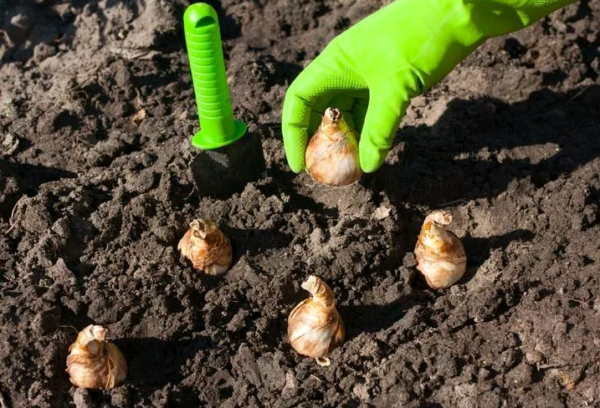 Digging lilies is recommended in the first ten days of September. Each grade has its own term. Bulbs begin to be dug up when the plants bloom, turn yellow and wilt. After flowering 30-45 days should pass before the lilies can fill up the nutrient deficiency and grow up. If even before the beginning of October the plants have not faded, they are still dug up for winter storage.
Digging lilies is recommended in the first ten days of September. Each grade has its own term. Bulbs begin to be dug up when the plants bloom, turn yellow and wilt. After flowering 30-45 days should pass before the lilies can fill up the nutrient deficiency and grow up. If even before the beginning of October the plants have not faded, they are still dug up for winter storage.
Garden pitchforks are suitable for extracting lily bulbs from the ground, as they do not damage the roots. Digging is carried out after trimming the stems. If the bulbs are planned to be stored indoors until spring, containers or a bag must be prepared in advance. The process of digging lilies includes the following steps:
- First, the soil is well moistened.
- From the dug out bulbs, shake off the soil. Then they are examined for disease. If necessary, brown areas are removed, and sections are sprinkled with crushed coal.
- Separated from the maternal bulb of the formed children.
- Lilies are washed in water, then placed for 40 minutes in a solution of potassium permanganate or karbofos.
- To protect the bulbs from the tick, they are treated with a saturated soapy solution, which is prepared from laundry soap and warm water.
- Disinfected bulbs sprinkled with wood ash and sorted.
- Planting material is dried in a shaded place, cutting off the roots to a length of 7-10 cm.
Bulb storage methods
Bulbs are divided into large and small specimens before being sent for storage. They are placed in a dark, ventilated place. The optimum temperature is 0 ... + 5 ° C. Such conditions do not allow bulbs to germinate earlier than the due date. Lilies can be stored in the basement, and in urban conditions - on the loggia or in the refrigerator. Dug lilies can be planted in flower pots. They are placed in a cool, bright place. The soil is moistened as the top layer dries. When it gets warmer on the street, the bulbs are planted in the garden.
Some gardeners use the dry wintering method, while others prefer wet. In the first case, the bulbs are sprinkled with dry soil and covered with water-repellent material. The soil is slightly moistened 2 times a month. If mold is detected, the bulbs are treated with a potassium permanganate solution. In the second method, lilies are stacked in an oilcloth bag filled with wet peat or sand. You can put the bulbs in a plastic container with wet chips or moss. The containers are closed with a lid, in which holes are made in advance for air circulation. Lilies wintered in the room need planting and care.
The main mistakes of amateur gardeners
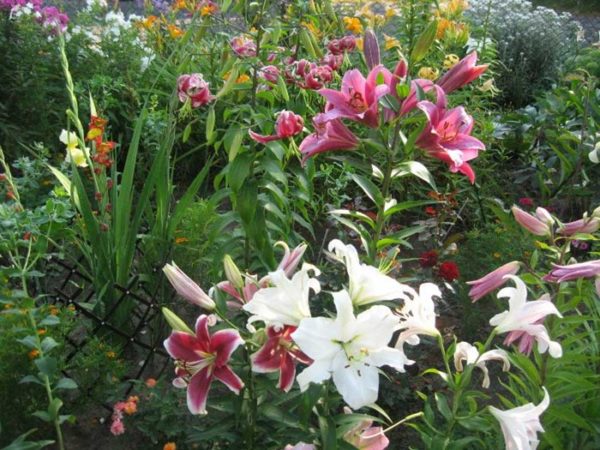 Lily is a beautiful flower that you need to take good care of throughout the growing season. Beginners often make such mistakes:
Lily is a beautiful flower that you need to take good care of throughout the growing season. Beginners often make such mistakes:
- They do not fertilize in the fall, considering that only flowering plants need to be fed.
- Early cut stems or forget to prune lilies for the winter.
- Do not dig out varieties of lilies that are prone to freezing.
- Do not plant the formed children.
- Wrongly shelter flowers for the winter.
- Do not adhere to the timing of removal of shelter in the spring.
In order not to lose valuable specimens, it is necessary to properly prepare the lilies for the upcoming winter. Given the characteristics of the variety, each gardener decides whether to dig out flowers in the fall or provide them with proper shelter. But do not forget about the timely separation of the bulbs. Therefore, experienced gardeners annually sort planting material and create favorable storage conditions for it until spring.

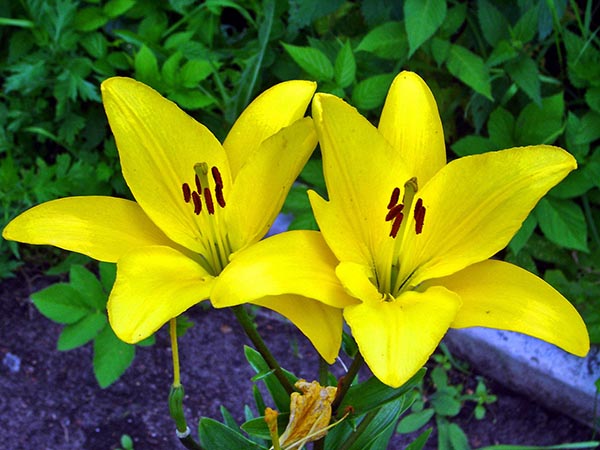
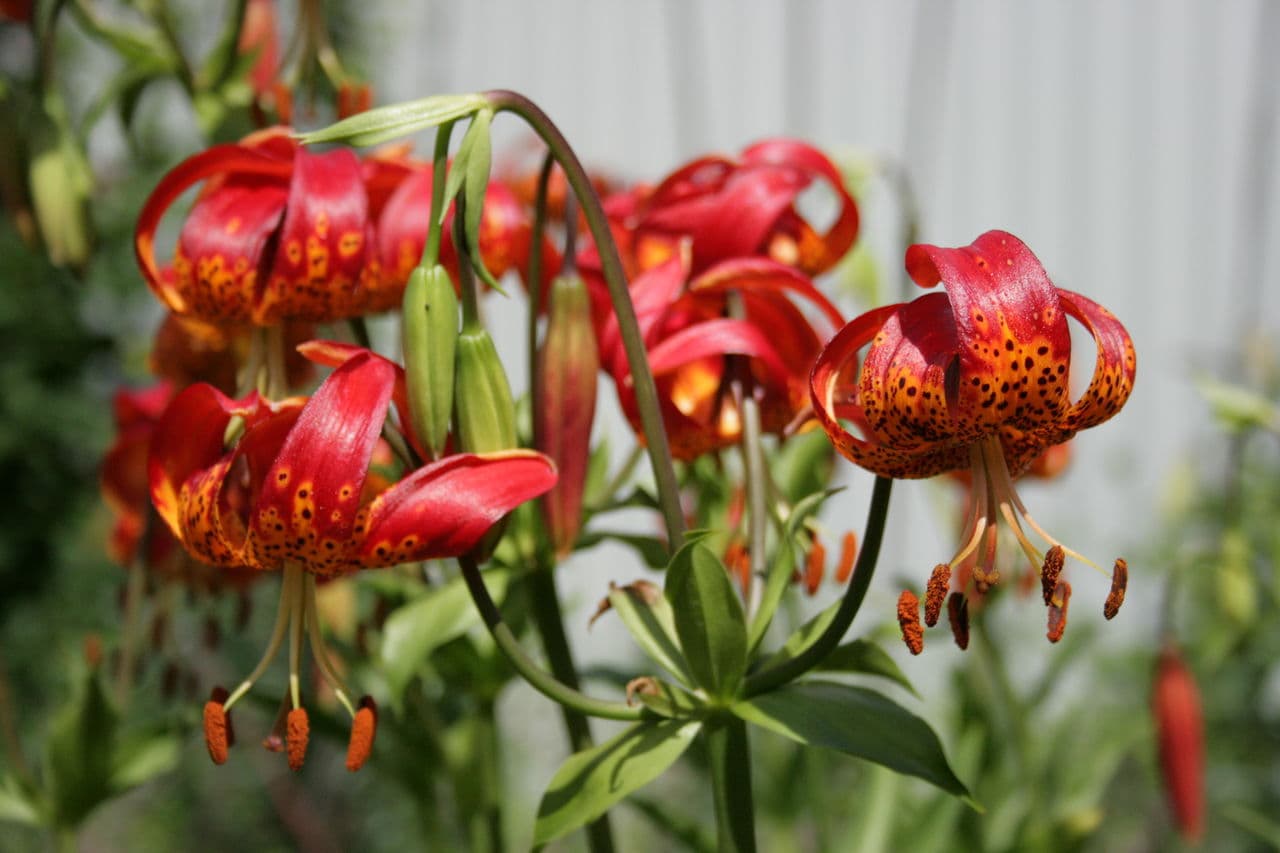

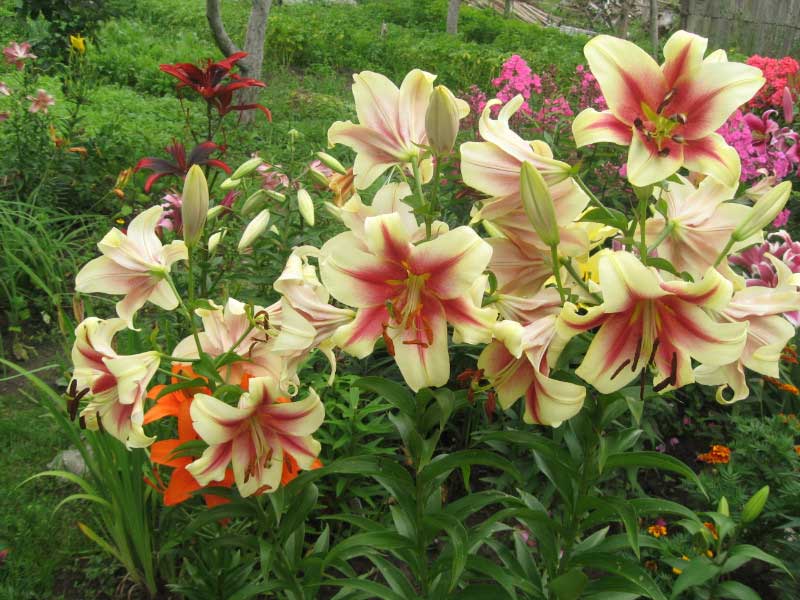 Lily care after flowering
Lily care after flowering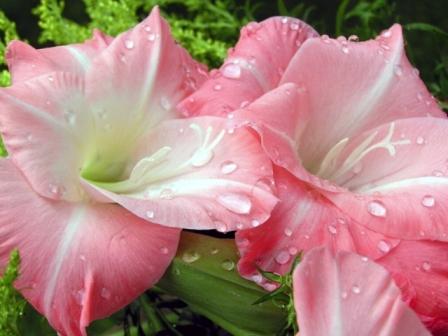 Lilies faded: what to do next?
Lilies faded: what to do next?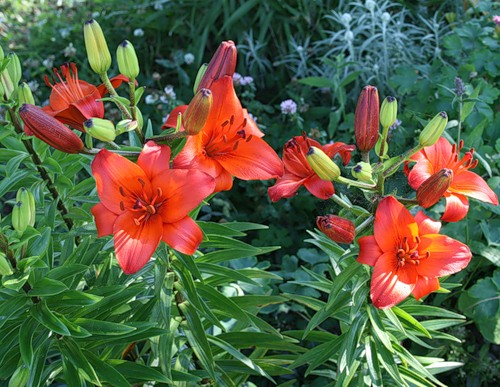 Planting lilies in the open ground and caring for them
Planting lilies in the open ground and caring for them